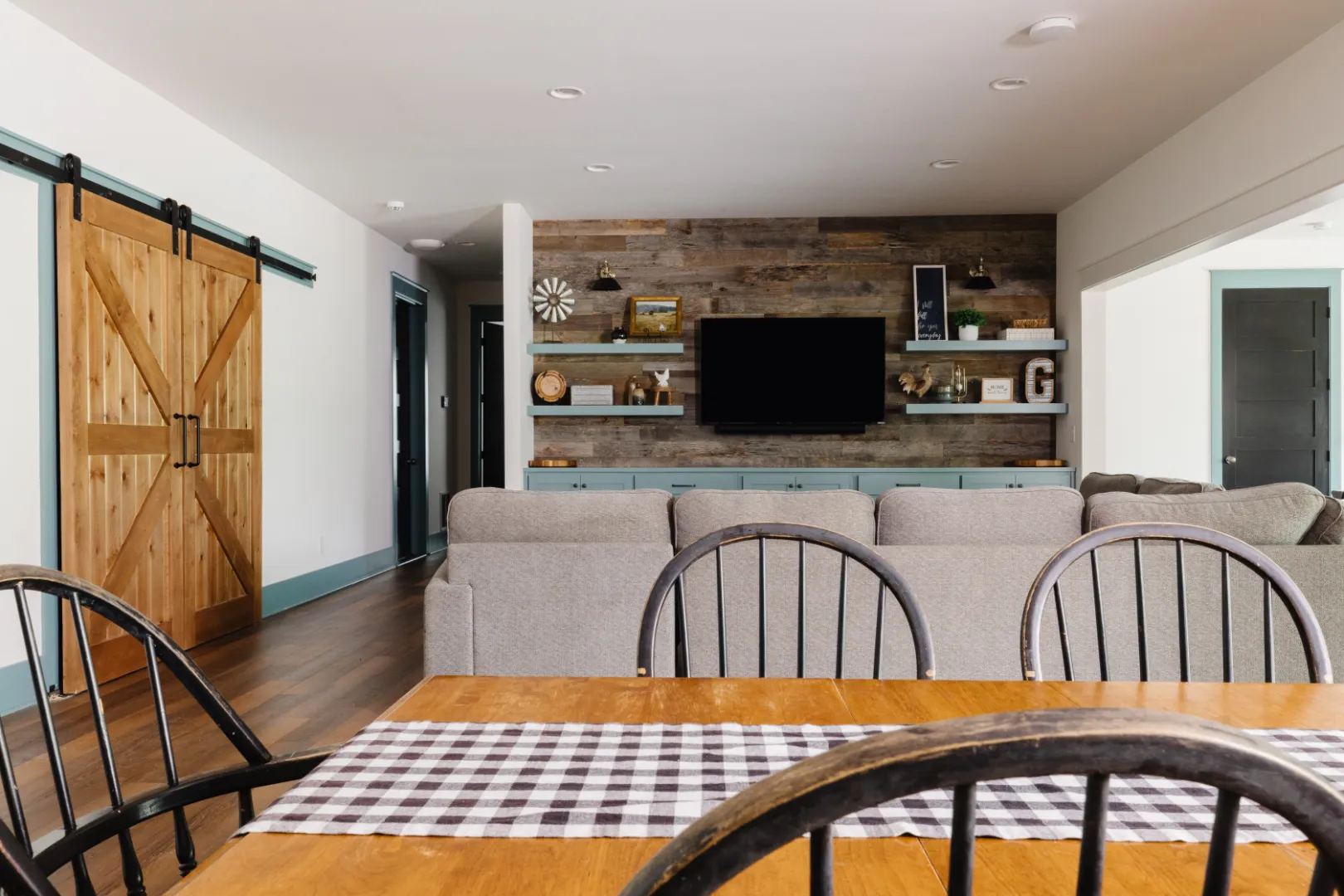Tips for Choosing a Dehumidifier For Your Home to Prevent Mold
When choosing a dehumidifier for your home, there are factors to consider for making a good decision. We want to share with you some tips and insight on dehumidification that will help guide you in the process of choosing a dehumidifier for your home.
Essentials of Dehumidification
How does a dehumidifier prevent mold?
Mold travels in the air as tiny spores all around us, both outside and inside. Therefore, a “Mold Free” environment does not exist. Although, it is possible to control the amount of mold we are exposed to within the home. Mold needs a source of moisture to grow. Mold will begin to reproduce when spores land on a surface where there is enough moisture present. When the Relative Humidity (RH) in your home rises above 60%, the conditions become optimal for mold to grow. The purpose of having a dehumidifier is to decrease RH in your home by extracting moisture from the air.
Do I need a Dehumidifier?
A dehumidifier is not necessary in all areas of the home. In fact, one of the intended roles for an HVAC system is to be the home’s whole-house dehumidifier. The HVAC system has to be properly designed to the specifications of the home for effective dehumidification. The system should be large enough to efficiently cool and heat the home, but not too large where it does not run long enough to remove moisture in the form of vapor from the air. Even with a properly functioning HVAC system, having an additional dehumidifier doesn’t hurt and will provide even more control over moisture levels.
Areas You Should Place a Dehumidifier
Crawl Spaces
Homes on crawl spaces are susceptible to moisture issues that lead to mold growth, pests, and structural damage. Installing a crawl space dehumidifier is a solution to this problem since this area of the home is not treated by the HVAC system. Before placing a dehumidifier in a crawl space, the ideal situation is to encapsulate the crawl space first. If your home is on a crawlspace and you are experiencing moisture issues, you should have a professional perform a Crawl Space Encapsulation with installation of a dehumidifier.
Basements
Whether a basement is finished or unfinished, we always consider it a good idea to keep a dehumidifier in this space. The reason for this is that basements, even when finished, are often used less in comparison to other areas of the home. Because of this, homeowner’s will run the HVAC system of the basement less, which can result in higher Relative Humidity in the basement. Basements are also below grade where the Earth’s soil holds moisture. Running a dehumidifier in the basement prevents high RH, which decreases the need to depend as much on the HVAC system for moisture control.
Choosing the Right Dehumidifier
Consider The Size of your Space
Measure the square footage of the largest space where the dehumidifier will be used the most. Take the length of the room in feet and multiply by the width in feet to get the total square footage. Choose a dehumidifier that is rated to handle this much square footage.
Consider the Size and Capacity of the Dehumidifier
The size of a dehumidifier will vary depending on the space it is being put in. Dehumidifiers are classified as Large, Medium, and Small. If you’re looking for a dehumidifier to remove moisture after taking showers, a small sized dehumidifier is sufficient. On the contrary, a dehumidifier to address high relative humidity in the basement of a home located in the humid climates of the Southeastern United States will most likely need to be a large sized dehumidifier.
Dehumidifiers remove moisture from the air in measurements of Pints.
Dehumidifier Size & Capacity
Large: 45 Pints and up
Medium: 30 - 45 Pints
Small: 20 - 30 Pints
Consider the Method of of Emptying
Once a dehumidifier extracts water from the air, that water can either be collected into a bucket or directed out via a drain hose. If you wish to manually empty the bucket, a standard dehumidifier will do just fine. The water collected from the air can be used for various purposes, such as water plants. If you do not wish to empty the bucket manually, make sure to choose a dehumidifier with a drain hose attachment. The hose can be directed to a drain in a bathroom or laundry room. Other options include running the hose permanently to the exterior of the home by creating a small hole in an exterior wall or directing the line to the HVAC condensate pump (you may need help from a professional for these options).
If you have any specific questions about dehumidifiers, setup & installation, or any other building science related questions, give us a call.











